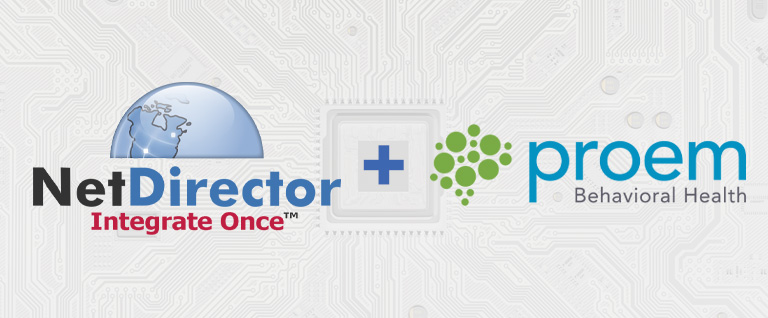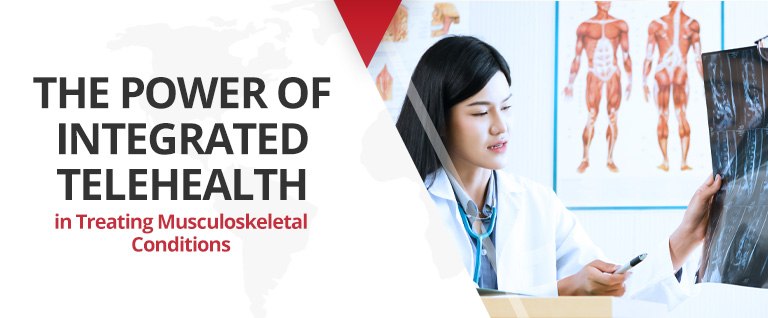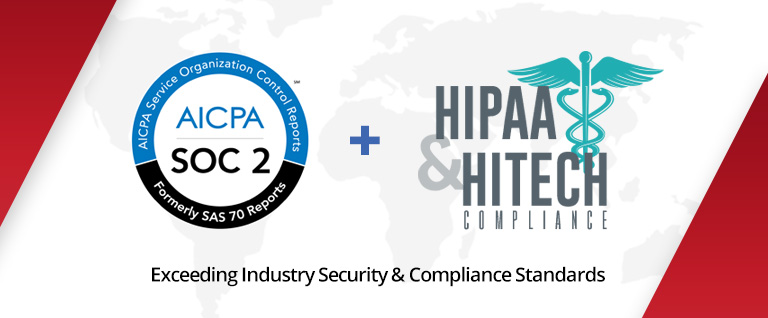 Since the 2009 enactment of the HITECH ACT, which authorized federal incentive payments to users of certified electronic health record (EHR) systems, nearly $32 billion in government funds have been applied to accelerate EHR adoption at eligible U.S. hospitals and provider practices.
Since the 2009 enactment of the HITECH ACT, which authorized federal incentive payments to users of certified electronic health record (EHR) systems, nearly $32 billion in government funds have been applied to accelerate EHR adoption at eligible U.S. hospitals and provider practices.
The results have been dramatic: Hospital adoption of comprehensive EHR systems — those with functions implemented in all clinical units of a facility — rose 11-fold between 2009 and 2014, according to the most recent data available from the Office of the National Coordinator for Health IT (ONC). During the same timespan, physician use of certified EHRs — those that meet the technological, functionality and security requirements adopted by the U.S Department of Health and Human Services (HHS) — reached 74 percent, up from about 20 percent in 2009.
EHR systems in use across all settings help providers manage patient care and improve outcomes in several core areas:
- Enabling access to complete and accurate information about patients’ health and medical history at the point of care.
- Supporting provider decision-making through evidence-based clinical alerts and reminders, as well as improved aggregation of patient information.
- Built-in automation of safety checks for potential, drug-drug and drug-allergy interactions upon prescribing of new medications.
- Facilitating the ordering of lab and radiology reports, and the subsequent management and communication of test results and image findings.
- Preservation of information that can be accessed and used by providers across the continuum of care, even if the patient is unable to communicate.
- Improving patient engagement and communications through output of discharge summaries and treatment instructions.
Additionally, ONC, which oversees certification of EHR systems and related health information technology products, points out that EHRs contribute to long-term business improvements. For example:
- Automating dictation of clinical dictation, thereby reducing or eliminating transcription costs.
- Centralizing chart management, resulting in staff time savings and enhanced ability to see more patients.
- Integration of practice management systems through automated claims coding and linking of appointment schedules to patient progress notes.
- Increasing efficiency in communication with patients and health insurers.
EHR Integration
Despite all the potential advantages of putting EHRs to work at individual hospitals and practices, EHR systems to date have fallen rather short in terms of being able to exchange information with one another. In some cases, this is due to built-in restrictions implemented by EHR vendors or healthcare organizations — so-called “information blocking” — or failure to adhere to a common set of health IT standards.
ONC and its parent agency HHS agree that such roadblocks need to be eliminated if the U.S. healthcare system is to achieve its interoperability goals and lay the foundation for value-based care, collaboration and personalized medicine. And they’ve begun to take action.
Earlier this week, HHS Secretary Sylvia Burwell announced public commitments from key stakeholders to improve the flow of health information. Companies that provide 90 percent of EHRs used by U.S. hospitals, the nation’s five largest private healthcare systems and more than a dozen medical professional associations pledged to uphold three commitments that will improve the flow of health information to consumers and providers:
- Help consumers easily and securely access their electronic health information and direct it to any desired location.
- Eliminate information blocking to help providers share individuals’ health information for care with other providers and their patients whenever permitted by law.
- Implement federally recognized, national interoperability standards, policies, guidance and practices for electronic health information.
“The future of the nation’s health delivery system is one where electronic health information is unlocked and shared securely, yet seamlessly, to put patients at the center of their own care,” remarked ONC chief Karen DeSalvo, MD.
Burwell added, “Technology isn’t just one leg of our strategy to build a better healthcare system for our nation, it supports the entire effort. We are working to unlock healthcare data and information so that providers are better informed and patients and families can access their healthcare information, making them empowered, active participants in their own care.”
NetDirector is a step ahead in the national effort to establish a patient-focused, interoperable healthcare ecosystem. Our HealthData Exchange platform unifies clinical and billing data to drive down cost and improve patient outcomes. The technology connects an infinite number of internal systems and a variety of remote healthcare facilities and vendors to make this connection seamless and global.
To learn how your organization can align with rapidly emerging interoperability imperatives, request your free demo today.




